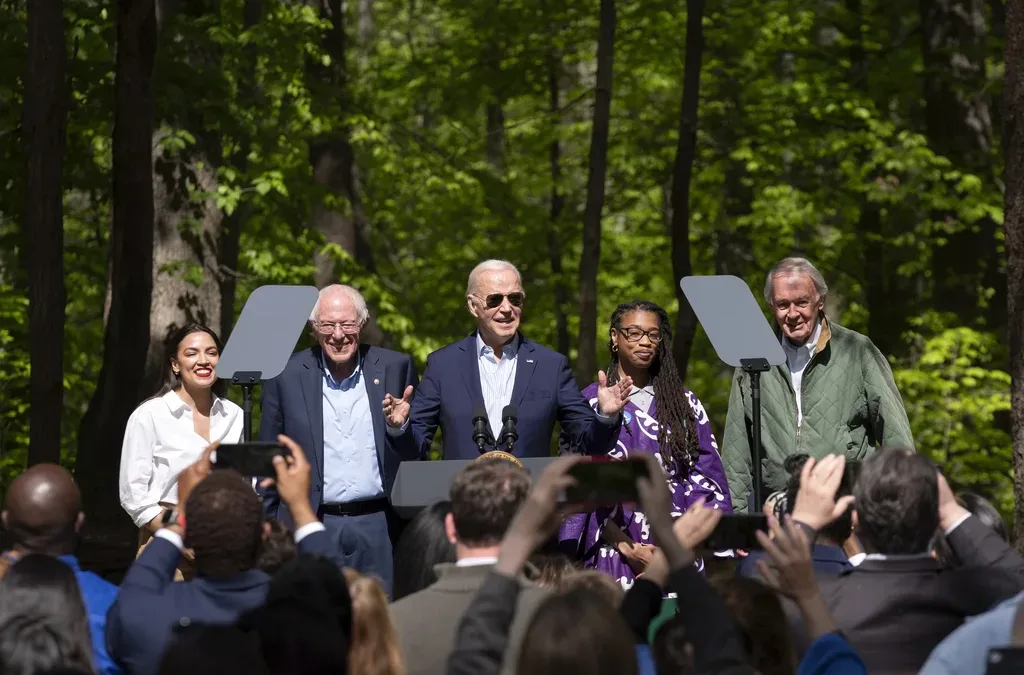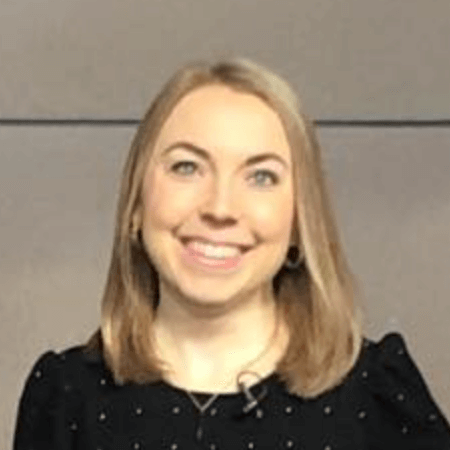
Wisconsin’s middle class is shrinking. While 61% of Americans were considered “middle class” in 1971, the latest data from 2021 shows that number is down to 50%.
What is “Middle Class”?
According to Pew, “middle class” refers to anyone making between two-thirds and double the median (average) American household income, which in 2021 was $70,784. That means households earning between $47,189 and $141,568 are technically “middle class.” But it’s not that simple: factors like where you live and how many people are in your family can change what being in the middle class feels like for you.
Who is “Middle Class” in Wisconsin?
To more accurately determine how much you need to make to be considered “middle class,” 24/7 Wall St. adjusted median incomes based on the cost of living in every state.
Researchers found that, to be considered “middle class” in Wisconsin, you need to make between $24,894 and $120,710 each year– quite a range! The average Wisconsin family makes $81,829 a year, the 21st highest median income in the country. They also found that it’s about 8% less expensive to live in Wisconsin than the US average.
Try It! Click here for a middle class calculator.

The Problem
New data is proving the old saying–”The rich are getting richer, while the poor are getting poorer”–true, especially in Wisconsin. In 2021, the 50% of “middle class” families held 48.4% of the state’s total income. However, the wealthiest 5% of households held 20.8%–meaning richer people saw their salaries go up significantly more and more quickly than poorer people.
Race also plays a major role in Wisconsin’s income disparities. This year, Wallethub found Wisconsin has the second largest racial wealth gap (the income difference between Non-Hispanic white Americans and racial minority groups) of any state in the country: Black families have a median household wealth of $14,100, compared to $187,300 for white families.
Wisconsin also came in the “Top 10” for largest gaps in homeownership rates, poverty rates, and uninsured rates. Click here for an easy-to-read chart of the findings.

The Solution
While there’s no single, quick, all-encompassing fix for a problem decades in the making, Gov. Evers proposed several places to start. In his State of the State address, he promised to cut taxes for Wisconsin’s middle class families and fight the GOP-led effort to impose a flat, 3.25% income tax, calling that plan “reckless.”
He also called 2023 the “Year of Mental Health” and proposed spending roughly $500 million to expand access to mental and behavioral health services for everyone, regardless of income, insurance, and/or race. Republicans have said they’re unlikely to support using some of the state’s projected $7 billion surplus to fund this.
Evers is the first Wisconsin governor with a “Health Equity Council,” committed to addressing health disparities based on race, income, education, criminal records, and location.He’s also focused on increasing funding for public schools to close the performance gap between Black and white students. Last year, Wisconsin’s racial gap was found to be among the worst in the US in terms of fourth and eighth grade test scores in reading and math.
Politics

New Biden rule protects privacy of women seeking abortions
Under the new rules, state officials and law enforcement cannot obtain medical records related to lawful reproductive health care with the goal of...

Biden marks Earth Day by announcing $7 billion in solar grants
The Biden administration on Monday announced the recipients of its Solar For All Program, a $7 billion climate program that aims to lower energy...
Local News

Stop and smell these native Wisconsin flowers this Earth Day
Spring has sprung — and here in Wisconsin, the signs are everywhere! From warmer weather and longer days to birds returning to your backyard trees....

Your guide to the 2024 Blue Ox Music Festival in Eau Claire
Eau Claire and art go hand in hand. The city is home to a multitude of sculptures, murals, and music events — including several annual showcases,...





